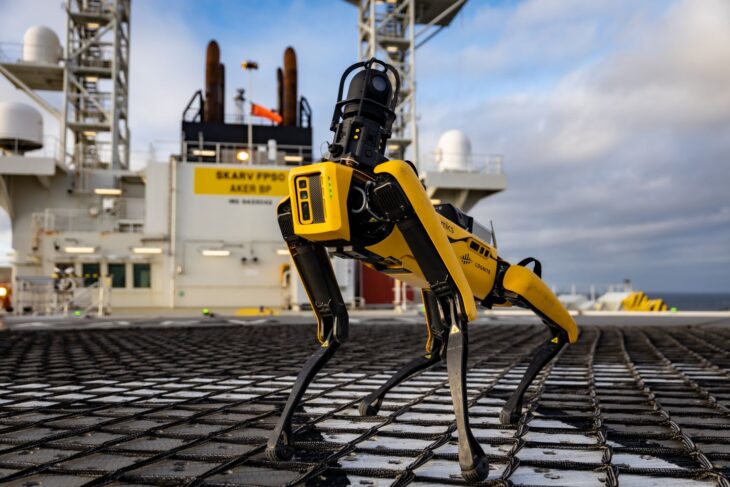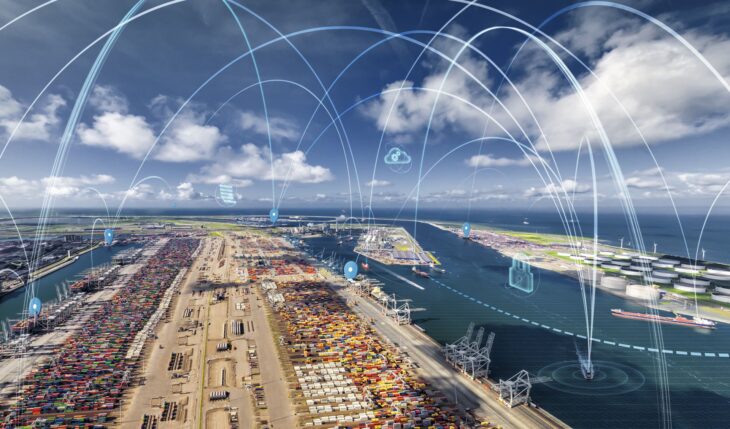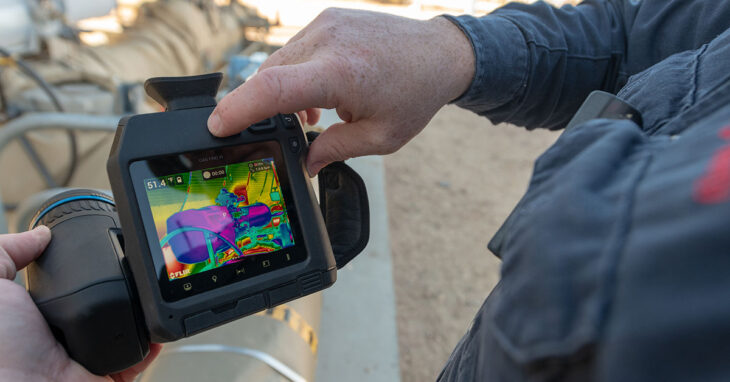The offshore industry is one of the biggest ones in the world, and even though it was severely affected less than a decade ago, today it is worth close to 40 billion dollars. The experts are suggesting that the market size will get close to 60 billion by 2025. To be able to keep up with the demand, and to create better working conditions, the newest technologies must be applied. In this article, we are going to talk about some of the latest technological advancements in the offshore industry, and we will give you more information on how they are affecting the success of the projects and the safety of the human crew.

Source: nsenergybusiness.com
Contents
Use of robots
Robots are one of the best tools that are available at our disposal in the offshore industry. They help with every process in the oil and gas companies, and they are creating a better and safer environment.
They are mainly made to help the human crew in harsh and unsafe environments, and they can be much faster and more precise. This helps avoid injuries and can prevent mishaps from happening. In addition to this, the robots can be implemented in areas where it is not possible for the human crew to work, and they can increase safety by detecting methane levels and determining if the site is safe or not.
Note that with the implementation of the robots, the costs can be decreased as well. They can be used to detect any changes on-site, and if needed, they will send the needed notification and alert the human crew that they need to stop the operations or start them again.

Source: onthemosway.eu
Improved wireless communication
We all know how important communication is, and if there is no communication between teams or workers in the oil and gas sites, that can lead to errors, mistakes, and even injuries. When the communication is stopped, there can be a lot of delays, or people may make the wrong decision based on not having enough information.
There are different ways that the crew communicates with each other, and the latest trend is wireless devices. These units make the communication better by providing clear signals, and fewer interruptions and everything is conducted using electromagnetic waves.
For more information on how wireless technology can provide the needed solutions when it comes to improved and uninterrupted communication, visit ittutoria.net.

Source: aihr.com
Implementation of analytics
For us to have the needed information and make well-rounded decisions, we need to collect data and analyze it. As we mentioned previously, robotic tools can help us gather the needed information on-site and they automatically send it all to the cloud systems where the people responsible can access it.
Know that in the past, the collection of big data was not secure enough, and there were a lot of breaches that created issues on a much bigger scale. Today, we are able to secure the information that is transmitted and prevent hacks or any types of cyberattacks.
When the data is collected, it is then properly structured, and the analysts get insights about not only the production but also the overall performance. This info can be later on used by engineers to optimize the processes and create better and safer environments.
With the proper analysis and solution implementation, we can improve the production process, we can get things done on time, and we can also increase our profits. This trend has become a part of most oil and gas companies and it is expected to be further developed for better results.

Source: flir.es
Methane detection
Detection of methane is crucial for a safe working environment, and here we are not talking only about the human crews. When we drill on-site, even if that is completely automated and even if there are no humans involved, we cannot allow drilling in places where there could be an explosion.
If this happens, we will lose our whole equipment, and ultimately, we won’t be able to finish the project successfully, which will lead to losing resources and profits.
With the newest technologies, the process of methane detection is much faster and more accurate, the collected data is analyzed and decisions can be properly made. Note that this is a complex process that is being developed and improved by the day, and it is expected to be new and better changes in the future.

Source: tamagieservices.com.ng
Automated processes
One of the most important parts of this field is to make the whole working process much faster and safer for the human crew. With the automated processes that we can notice in the offshore trends, we can see that a lot of human error has been avoided and that the sites are becoming a much safer environment.
The automation speeds up the operation, and it also reduced the need for human labor. This does not mean that people are losing their jobs, it just means that their brainpower can be focused on more complex and important tasks that do not require them to be at direct risk.
Note that these solutions are made to lower the time needed between the detection of the problem, and its diagnosis, as well as coming up with solutions in this field. Once the automatic diagnosis is done, the human crew can easily choose the right way to go depending on the data and the analysis done.
The automated processes are implemented everywhere possible, starting from the development of the plan and the project and their execution. Because of this, the working conditions are much better, and the result can be seen much faster. Many issues are avoided, and the ones that still occur can be intercepted and solved in a much faster manner.
In addition to these things, trends including implementation of AI, cloud computing, predictive maintenance, improved heating systems, and 3D visualization are used. All of these things help us finish our projects much safer and easier, and it is expected for new trends to arise. The most important thing is to keep up with the latest developments and understand how today’s technology can help us achieve better results faster.
